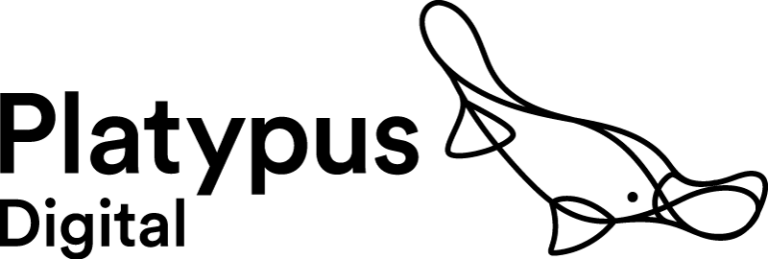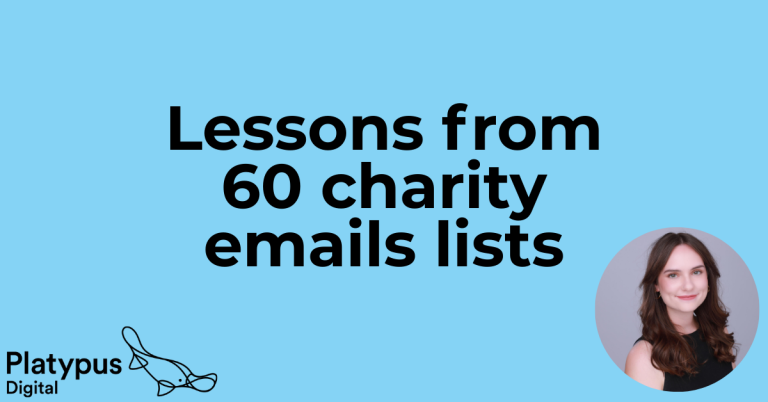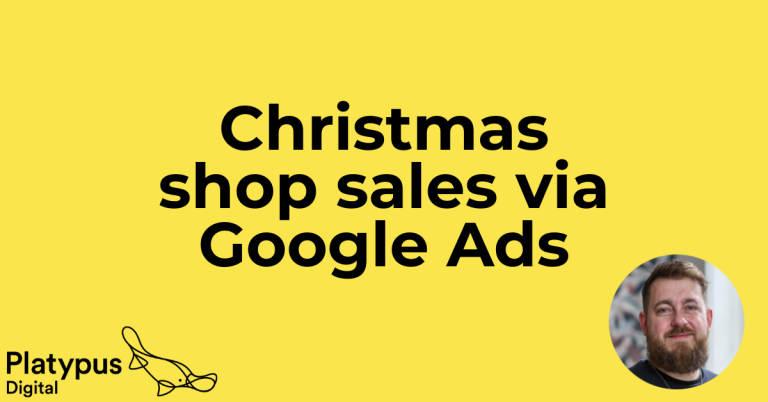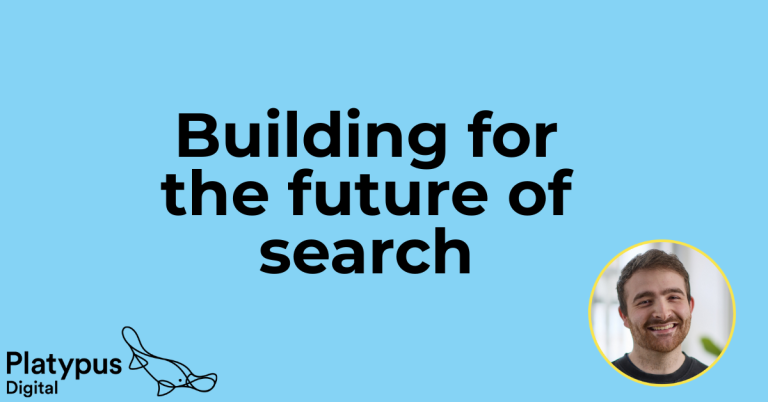Introducing AI Max
AI Max is Google’s latest step in enhancing how search campaigns are built and optimised in Google Ads.
Google says AI Max uses its full AI capabilities to simplify campaign setup, automatically optimise performance, and help you reach the right audience more efficiently.
It’s important to note that AI Max isn’t a new campaign type. Instead, it’s an enhancement layer available within standard search campaigns, designed to automate more elements of setup and optimisation. Currently, this is an optional enhancement designed to improve existing search campaigns, rather than setting up a new one.
Google Ads has been building towards smarter automation for years. AI Max feels like a significant upgrade, with more updates surely to come.
Why AI Max matters for charity campaigns
At Platypus, we’ve seen the paid search landscape shift rapidly of late thanks to:
- Rising CPCs – traditional search campaigns require more intervention, and advertisers must be more vigilant, proactive, and reactive with their budgets.
- Increasing competition – along with a simplified campaign setup process and the adoption of Performance Max, which displays brands across Google’s entire ad inventory, has progressively lowered the barrier to entry on Google Ads for more charities to compete faster and easier.
- Presence of AI Overviews in more searches – search results have visibly changed, and AI Overviews have disrupted the overall search experience. Fellow Platypeep, Rob Murgatroyd, has an excellent blog post on this topic here – The Impact of Google’s AI Overviews on charity website traffic – and what to do about it.
What AI Max does
AI Max focuses on these three core components to allow for more precise targeting. Combining these elements will help to maximise results by precisely capturing new intent and aligning ad content with user interests:
1. Expanding reach and discovering new customers
Broadening keyword reach via broad match and keywordless technology, identifying missed relevant, high-performing search queries and conversions.
Leveraging existing keywords, creatives, and URLs, it enhances ad visibility in pertinent searches, maintaining consistent keyword and keywordless match prioritisation, in line with how current Search and Performance Max campaigns work together.
This feature reacts to seasonal trends and changes in user behaviour without requiring complex campaign structures.
For example, suppose you have a Christmas promotion directly on your landing page. In that case, AI can match searches to trigger highly relevant search terms such as “Christmas gifts”, regardless of whether you are actively targeting those keywords or have the relevant messaging in your ads.
Keywordless expansion can be switched off at the ad group level.
2. Generating relevant ad content automatically
Using text customisation to generate new headlines and descriptions based on your website, ads, and keywords, improving the ability to create assets with clear calls-to-action and unique selling points. Paired with final URL expansion, this helps capture new user intent and show relevant content to match users’ needs at that exact moment.
You can opt out of text customisation and final URL expansion at the campaign level.
3. Refining campaign optimisation through upgraded controls and more granular insights
With the right setup, AI Max offers a powerful way for charities to reach new audiences and adapt to changing search behaviour, without starting from scratch.
It offers enhanced control, replacing traditional keyword precision.
Key features include:
- Locations of interest (Search campaigns only): Target specific customers based on their geographical intent at the ad group level.
- Brand controls (campaign and ad group levels): Specify brands for association or exclusion.
- Reporting enhancements: applying also to both Search and Performance Max campaigns. The search terms report will include headlines and URLs, providing a more detailed understanding of customer journeys. Additionally, asset reports will display performance based on spend and conversions, rather than just impressions. Advertisers will have the ability to remove automatically generated assets and control the destination URLs for their ads.
How to succeed with AI Max
As with all campaign types in Google Ads, success is defined by the quality of your offering and your assets, as well as the data you can feed into Google’s machine learning system.
That doesn’t mean you should just set it and forget it, hoping Google will do all the hard work for you. Using the myriad of reporting tools at your disposal is essential to help you get a deep understanding of the good, the bad and the ugly.
So, what does a successful AI Max campaign look like? If you get these elements right, Google can handle in-the-moment optimisations effectively.
Use high-quality assets
Provide compelling and relevant visuals and text that accurately represent your brand and effectively convey the importance of your charity’s campaign messaging.
Remember, your assets can only be as good as your proposition, so start there and back your proposition with confidence.
Make images are high quality and unique to your charity, as well as really leaning into your message and the actions you want users to take within your ad copy.
Make your call to actions clear and concise, leaving no grey areas of what your cause is about.
Have clear conversion goals
Keep the core of what you’re trying to achieve with your campaign front and centre. Define your objectives and ensure your conversion tracking is correctly set up and fully represents your charity’s goals. This is fundamental to guiding AI optimisation. Without it, all your efforts will be a waste of money.
Monitor performance closely
Don’t allow Google to hog all of the success, or continue running at what you’ve defined as failure. Your input still matters.
While AI can make fast decisions, regular performance checks and human insights are essential for long-term success. Remain curious and aim for actionable insights to keep control of your campaigns.
Get the foundations right, and AI Max can become a powerful tool in your charity’s digital marketing toolkit.
FAQs about AI Max
AI Max can feel like a big shift, so it’s normal to have questions.
Here are some of the most frequently asked questions we’ve heard from charities.
Is AI Max completely automated?
It automates many optimisation tasks, but you still need to provide inputs, such as assets and goals, as well as stay in touch with the results and look for next steps within your control to improve performance.
Can I control my budget in AI Max?
Yes, as with any campaign type, you set your budget, and AI automatically manages bidding within that limit.
How do I track the performance of my campaign?
AI Max offers reporting tools within the Google Ads platform, enabling you to monitor your campaign’s effectiveness and gain a deep understanding of its performance.
AI Max might not be the final word in automation, but it’s the clearest sign yet of where Google Ads is headed.
Want to learn more?
If you’d like support with navigating the changing search landscape, get in touch with our team at Platypus Digital. We’re helping charities adapt to this new reality every day.
Email [email protected] to discuss how we can help your charity maintain visibility in an AI-first search world.





